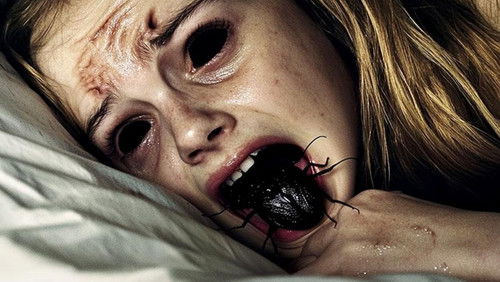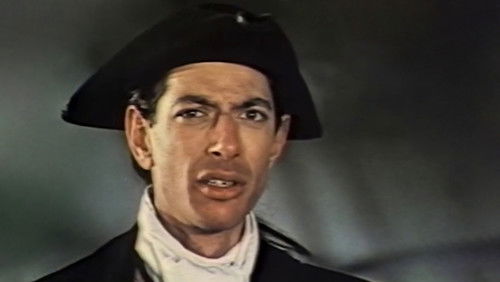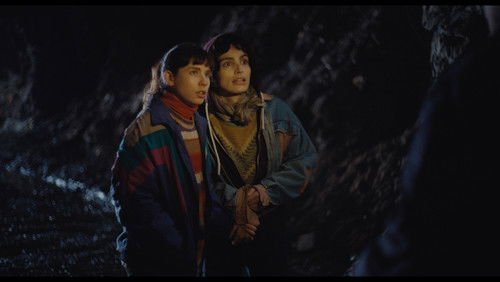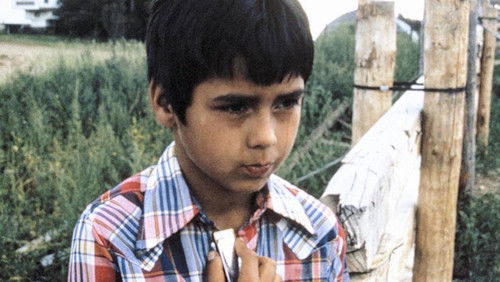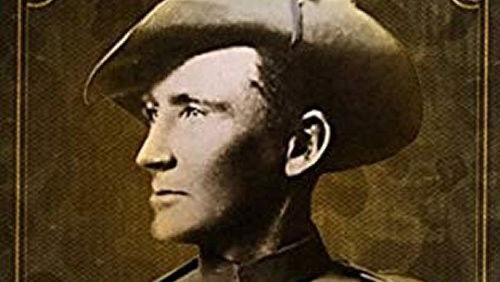The Last of the Unjust (2013)
25KThe Last of the Unjust (2013). 3h 40m | PG-13
“This is a fascinating companion piece to Shoah, director Claude Lanzmannu0026#39;s justly celebrated nine-and-a-half hour investigation into the Nazi holocaust, and a great documentary in its own right. While recording what must have been hundreds (or even thousands?) of hours of interviews for Shoah, Lanzmann obviously had to leave a great many voices out of the finished work. One that was omitted haunted Lanzmann: Banjamin Murmelstein, the Rabbi of the last Nazi sanctioned Jewish ghetto, which stood right through the war and liberation. u003cbr/u003eu003cbr/u003eLanzmann had excluded Murmelsteinu0026#39;s voice from Shoah not because he didnu0026#39;t find the manu0026#39;s story fascinating, but because he had such profoundly mixed feelings about him that he could not fit him into a larger historical cartography of the Final Solution. The Last of the Unjust begins with Lanzmann, now in his nineties, informing us that the figure of Murmelstein had haunted him for the last three decades, and that he felt he had an obligation to bring his story to screen, for the atrocities of the age could not be adequately understood without understanding Murmelstein. u003cbr/u003eu003cbr/u003eThe film starts a bit slowly. One is not clear for a long while why Murmelsteinu0026#39;s story seems so singular. This is not to say that the film is ever uninteresting. Murmelstein fiercely refutes, and indeed mocks, Hannah Arendtu0026#39;s characterization of Adolf Eichmann as u0026quot;banalu0026quot;. The Eichmann described by Murmelstein is a subtly monstrous man, capable of cloaking the most inhuman threats of violence through a cultured choice of words. Eichmann seemed to like Murmelstein because he was one of the few people perceptive enough to understand just how much Eichmann enjoyed the suffering he caused. Arendtu0026#39;s account is, for Murmelstein, a foppish depiction that has done history the disservice of absolving a devil. u003cbr/u003eu003cbr/u003eAs in Shoah, Lanzmann demonstrates a great instinct for landscapes, noticing the beauty of the settings for some of the twentieth centuryu0026#39;s greatest atrocities. Here, though, these perceptions seem touched by a bit of sloppy sentimentality, perhaps a result of the auteuru0026#39;s age. u003cbr/u003eu003cbr/u003eOne of the most memorable aspects of Shoah is how it documents the incredible lengths the Nazis went to obscure their crimes even as everyone living under their power seemed to know about them. Theresienstadt, the ghetto under Murmelsteinu0026#39;s charge, was designed as another attempt to deceive the world about the Nazisu0026#39; actions towards the Jews. Propaganda films were made showing Theresienstadtu0026#39;s residents dancing and singing. The Naziu0026#39;s thus tried to present their attitude towards targeted minorities as u0026quot;separate but equalu0026quot;. In reality, however, Theresienstadt was little better than a death-camp itself in which many people starved or were worked to death. In a telling example of Murmelsteinu0026#39;s rapport with his Nazi captors, they ask him what he thinks of their propaganda film about the ghetto. He responds, u0026quot;I understand why you donu0026#39;t show the corpses filling the attics, but donu0026#39;t you think having everyone smiling and singing is laying it on a bit thick?u0026quot; u003cbr/u003eu003cbr/u003eThe full complexity of Murmelsteinu0026#39;s role in history isnu0026#39;t really revealed until the filmu0026#39;s extraordinary last hour. Although himself imprisoned, Murmelstein gradually attained absolute control over the day to day life of the ghetto, determining who could eat what and how long and in what way each u0026quot;residentu0026quot; would work. Feeling he had to keep the ghetto productive if it was not to be destroyed, Murmelstein adopted a brutal regimen of labor and scarcity under which not a few of his subjects died or went insane. The survivors, however, were amongst the very few Jews to escape the death camps when liberation came. (Murmelstein, appropriately it seemed to me at the time, laughs off a question posed by Lanzmann about whether he was trying to save those under his control or merely himself. The two were interconnected, explains Murmelstein, and one who has not faced such ethical choices are not fit to ask where survival instinct ends and ethics begins.) u003cbr/u003eu003cbr/u003eThe question, of course, is whether Murmelstein was more of a Jewish savior or a Nazi collaborator. The answer, or course, is that he was both- an individual thrust into an ethical situation so impossible that not only were there no blacks or whites, but barely any perceptible grey areas. As I watched the film, I found myself taken in by Murmelsteinu0026#39;s perspective, as I sensed Lanzmann was as he interviewed him. In the filmu0026#39;s final shot, Lanzmann embraces Murmelstein with convincing warmth. This made sense to me, as well, knowing Lanzmannu0026#39;s Zionist politics and the accompanying conviction that the u0026quot;super-oppressionu0026quot; that has, from a Zionist perspective, characterized the history of the Jewish people justifies offensive violence by the Jews in the name of survival. Murmelstein, the film seems to be suggesting, is the embodiment of the u0026quot;Jewish conditionu0026quot;. u003cbr/u003eu003cbr/u003eOR IS IT? u003cbr/u003eu003cbr/u003eLanzmann tells us at the beginning that he had felt irresponsible for thirty years for not telling Murmelsteinu0026#39;s story. Prior to the filmu0026#39;s last hour, consisting almost exclusively of interview footage taken in the early 1980s, the old Lanzmann relates to us in recently taken footage how the first two rabbis of Theresienstadt had destroyed themselves because of the ethical impossibility of the situation into which the Nazis had thrust them. The full horrors of Theresienstadt, never fully discussed by Murmelstein, are revealed. If Lanzmann had, thirty years prior, been persuaded by Murmelstein of the necessity of his actions, is this new film a kind of confession on the part of the filmmaker that he embraced a man who had become part and parcel of the Nazi machinery of death? If so, does this reveal a reconsideration on the part of the old Lanzmann about the role of Zionist violence? If so, Lanzmann will never admit to it, but I wonder.”
